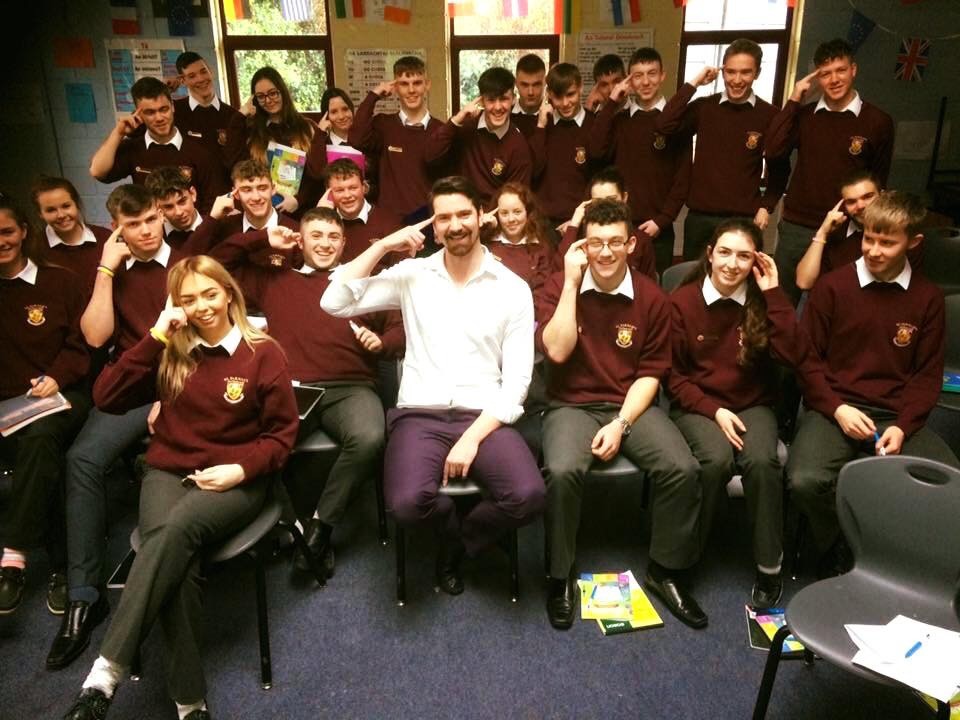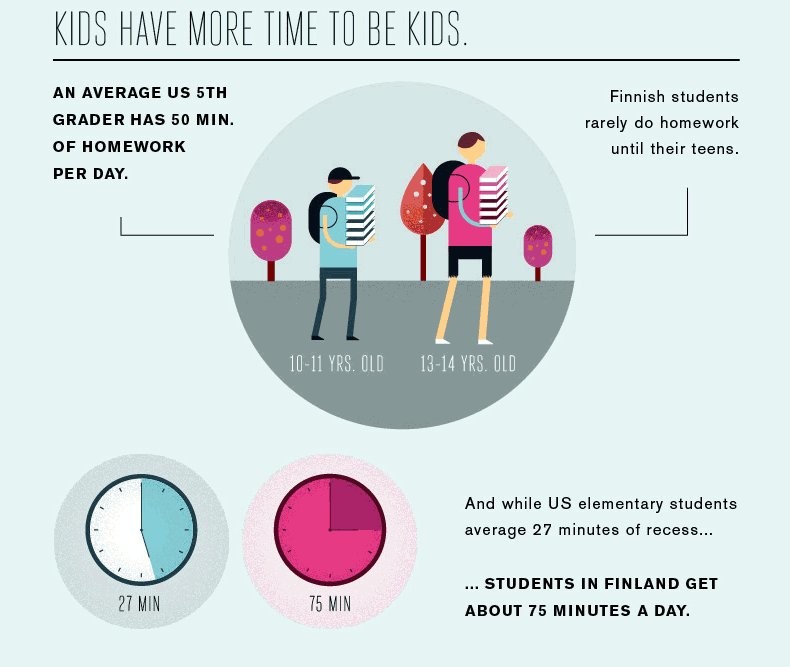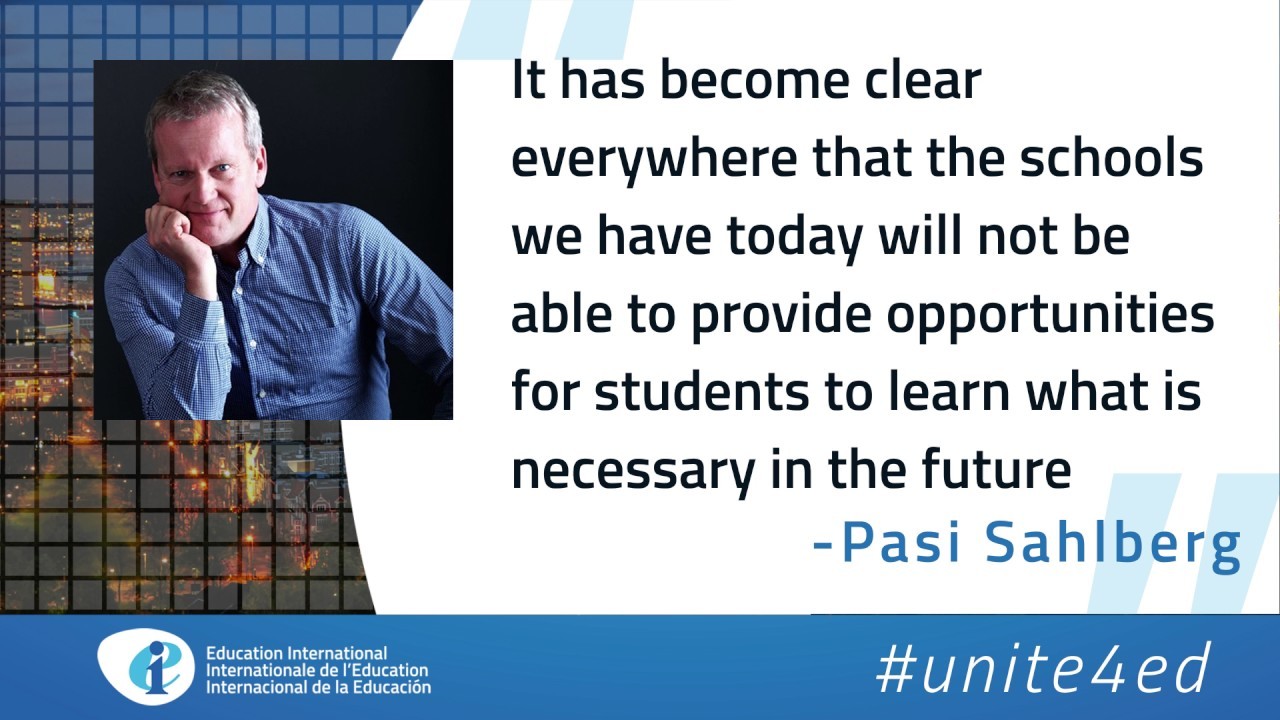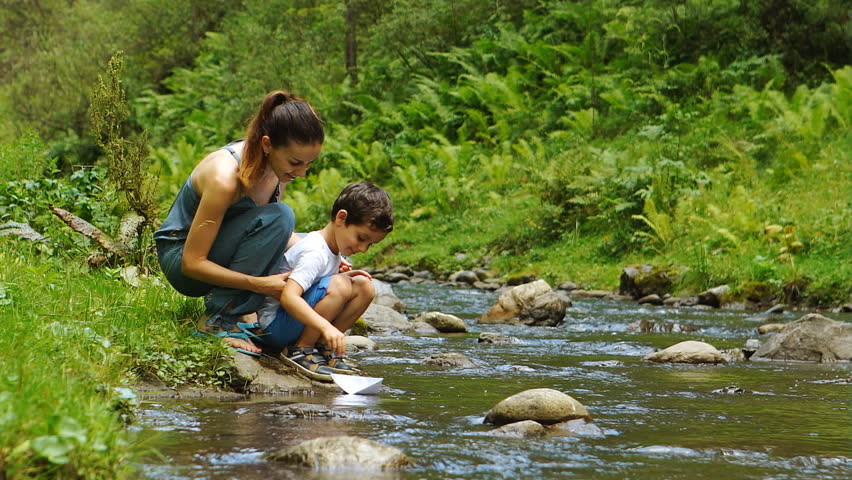I never intended on getting a Masters. I didn’t see the point. I almost opted out of getting a Bachelor’s Degree to jump straight into the business world. After all, any information you need is now virtually free on the internet, so why pay? And why bother getting certified to lump me into the same category as everyone else who has the same certification?
I’ve run over 50 workshops in the last 4 months to over 1000 high school students. And the thing that strikes me most is how much most of them just want to get the hell out of school. It’s an obligation, a system they feel they have to be in rather than want to be in. And it gets steadily worse the higher the year. They come into high school curious and excited and leave feeling bored and overwhelmed. They have little to no interest in most of their subjects, feel burdened by piles of homework and try to ignore the impending doom of study until they can put it off no longer.

It’s not the students’ fault, nor is it the teachers or schools that are to blame. It’s the whole system. A system that is at this point in time fairly standard worldwide. What is the fundamental purpose of education? To give students opportunities and resources to learn or to shape them into a cog to fit into the global industrial machine?
I’ve always been a fan of learning but not so of education. When did education come to be so separated from learning? And how did learning become a number or a letter rather than an experience?
“The practice of awarding quantitative marks to student work began in the 1790s – before that it was not imaginable that student learning would be treated in such a way (the ‘normal’ methods then involved discussion, presentation, discourse and professional judgement). Today quantification seems so much part of our daily life we do not question it. Yet prior to 1792, when it was first carried out at the University of Cambridge, this was an unknown practice. Interestingly it was subsequently fostered mainly by military colleges.” — Ray Ison, The Open University
This standardization of education is no more obvious anywhere in the world than it is in China, with their military style morning exercise drills and the dreaded “Gaokao” College Entrance Examination, which according to the Head of the Department of Education in Yunnan province turns students into “test-taking machines.” The pressure to perform and the excruciating competition to prepare for the Gaokao start before kindergarten. Kids do little other than study, eat, school, homework, sleep on repeat for 15 years.
“[In China] The first peak of suicide rates is between 15-24, instead of around the age of 25-34 as found in other societies…Research conducted at the Harvard School of Public Health reported the Chinese suicide rate as 30.3 per 100,000…with 21.5% of the world population, accounts for a staggering 43.6% of the 786,000 suicides worldwide…over 330,000 Chinese lives each year.” NCBI, NIH
A Mozambican friend of mine who met a Chinese man in Mozambique moved to China to raise their daughter but had to leave and come back to Africa before a year was up to allow her daughter to have a moment in her day to play, to be herself.
But yet even in China I caught a glimpse of hope. There is a district a few hours from Shanghai where they have turned education on its head. True learning is happening for the preschoolers in Anji District, where they direct their own learning and have the freedom to play to their heart’s content.
Not only that but the teachers who act more like facilitators film the children with their smartphones as they play outside, building and climbing on ladder structures, painting all over the school and doing whatever comes into their minds. Later in the day they all sit down to draw what they learned about, watch some of the videos and present to the rest of the class what they did and why.

What is so wonderful about this movement is that it’s a grassroots movement in China, not a copycat education system from the West. And unlike in the West, despite the size of the population and territory, when the Chinese government makes a decision, it happens. Fast. For example, in the last decade they have flipped their eco-policies and become the world leader in renewable energy, with the world’s largest installed capacity of hydro, solar and wind power, and even building a panda shaped giant solar farm to inspire the younger generation.

The question then is how do you transform an education system with over 150 million students? It’s no easy task, and it’s not just China’s challenge, but with the transition of economic power from the US to China, the future of the world is at stake. There are only a certain number of universities, and with each new one popping up, the value of a degree is diluted. What are they competing for in the end? And dare I ask why it is even a competition in the first place?
We can’t talk about education without mentioning Finland. It’s difficult to compare a country with a population of 5.5 million with the likes of the billions in China and India or even the 100s of millions in the US, Indonesia and Brazil. But Finland is clearly doing something right.

Despite the fact that there are no exams until the end of high school, Finland still consistently scores in the top 5 countries worldwide in terms of numeracy and literacy rates. Finland has taken the power away from a centralized system, all schools plan their own curriculum and classroom teachers have a lot of decision making power. They made a decision 25 years ago to make the teaching profession as attractive if not more so than law or business, and all teachers have a Masters Degree.
Pasi Sahlberg, a Finnish Educator who teaches at the Harvard Graduate School of Education says, “We prepare children to learn how to learn, not how to take a test,” andeven though they have been consistently among the best in the international scoring PISA, he states, “We are not much interested in PISA. It’s not what we are about.” They measure students not against other students, but according to their individual abilities and progress.

Even though Finland already seems to be doing a stellar job, it is undergoing a process of revolutionizing its education system and plans to become the first country in the world to get rid of all subjects by 2020, transitioning into a “phenomenon based learning” system. But this is not an isolated incident, on a local level there is a global movement away from a traditional testing industrial era education system, towards holistic, child-led, project based learning. There are alternative schools popping up all around the world, from the free democratic schools, to holistic Waldorf Education, to project-based learning schools like Escola Lumiar in Brazil, brainchild of Management Maverick Ricardo Semler, author of the Seven Day Weekend.
And when parents can’t find a suitable education system nearby they take matters into their own hands deciding to homeschool their kids, and there is a steady increase in homeschooling too. Some parents take it a step further, rejecting the use of a curriculum, unschooling their kids by letting them learn from experience in the world around them, but doesn’t that make sense, what is school if not preparation for the real world? That’s something I wanted to be able to do with my kids, but I wanted to make sure I was was doing it well. Where could I learn how to do that? The traditional teaching route wasn’t the answer.

I had a look at a few coaching Masters Programs around the world. But I felt the same about them as I had in business school, I’d do a better job of running the classes not to mind participating as a student. My coaching skills may be downgraded by attending a program like that, and they wouldn’t help me learn much about child development. That’s when I remembered a friend of mine Sabine, mentioning to me a Masters she was doing where she could design her own Masters Program, she had called it SelfDesign.
Brent Cameron, the father of Self-Design started the concept of this program when his daughter came home from kindergarten one day telling him that she no longer wanted to attend, but would prefer to stay with him and continue learning as she had been. Wanting to have other children for her to play with and be able to share this experience with others, he opened up his doors to those who were not interested in the traditional education system, and that became Wondertree School.
The concept grew and soon parents were doing it at home with their kids. There are now over 3000 families in the SelfDesign Learning Community in British Columbia, the only program of its kind worldwide funded by the government as an alternative to traditional schools. Children and their parents design their own learning plans with the help of a learning consultant, and then the parent observes for learning, relaying that information back to the learning consultant. How can we get more governments to support initiatives like this?
I dream of a future when children learn what they want to learn, following their curiosity and making the world a better place for it. The SelfDesign Graduate Institute has a program to help make that a reality, and I am loving every second of it. I’m using it, not as a way to get another glorified peice of paper but to build a business around what I love and have the support and resources to do it. Sabine Maiberger, who had introduced me to the program, has used it to set up two SelfDesign inspired Wondertree Kindergartens in the center of Beijing, one in the prestigious world-renowned Summer Palace.

And we need more people like that, people who care about the next generation and are creating opportunities not to indoctrinate them or make them better at testing or be a cog in a system but to develop their natural potential.
Might you be one of those people?
If you would like to join the movement, email David Marshak, Dean of the SelfDesign Graduate Institute @ davidmarshak@selfdesign.org
Hey You – Awesome Human!
I write about how we can reach our potential through Conscious Evolution – personal, social and planetary – and share tips, techniques and technologies you can use to live from a better space, make the world a better place and evolve us humans into a better race.
I hope you’ll join me on this journey by following me on LinkedIn here, and share with those who are also Awesome Humans.
If you’d like a free copy of my Ultimate Guide to Live a Life You Love: Design Your Dream, Unleash Your Potential & Fulfill Your Potential, then click here.
I’m always interested in humans who care about making a difference, so connect with me here or visit fionnwright.com to book a trial session and inspire me with your Dream!
If you liked this article you may also like my other articles:


